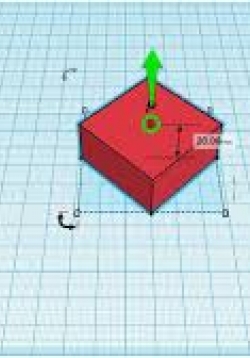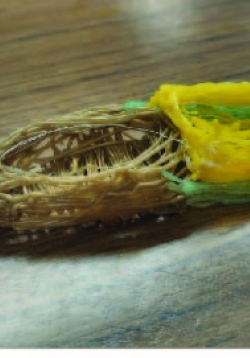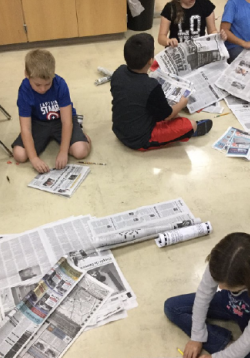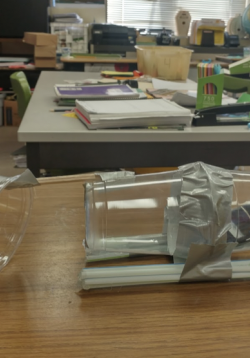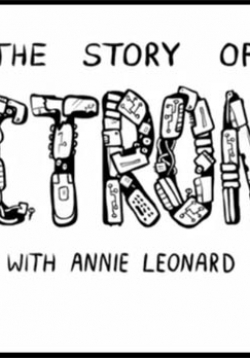TinkerCAD: Introduction to 3D Printing
This lesson is designed to span 5 days with 50-minute sections. After the introduction day, each day the students work toward mastery on the TinkerCAD tutorial online to learn how to create printable 3D models. At the end of the 4 days the students will...
Adrift in a Sea of Plastic Unit Plan
In this unit students will investigate the phenomena of plastic trash islands floating in the Pacific and Atlantic Oceans. The students will work to solve the problem of plastic trash islands through the engineering and design process. Using 3D printers,...
The Problem of Plastic Trash Islands
This lesson is designed for 3 days, 50-minute sessions. The students will watch videos and take 2 column notes to guide independent research. The students will examine different solutions that are already being tried and experimental solutions that have...
Engineering 101
This lesson is designed for 3, 50-minute sessions. The students will engage in multiple mini-engineering challenges to develop their understanding of structures and how to build models. The students will also learn to use the 3D pens to create a 3D object...
Design and Engineer Solutions
This lesson is designed to span 9 days with 50-minute sessions. The students will use a Design and Engineering Journal to guide them in the design and engineering process. In small groups they will use the research from lesson 2 to formulate solutions to...
The Amazing Cardboard Cook-O-Matic
The purpose of this lesson is to introduce the students to the concept of solar ovens and cooking with energy from the sun.
Individual Independent Projects
The purpose of this lesson is to allow students to choose an area of interest regarding solar power and research it further in a manner of their choice. Students will produce a final product to display or share at the “Salute to the Sun” culminating event...
Energy Efficiency - Lighting
In this lesson, students will learn how to read light bulb packaging (lighting facts) and do a whole class experiment comparing a 60-watt incandescent to an equivalent CFL and an LED bulb. This experiment will be conducted using a kil-o-watt meter,...
How might we design a battery that reduces e-waste? Phenomenon and Exploration
During this introduction lesson series students will explore the guiding phenomenon to understand e-waste and connect it to battery design. Students will utilize online resources to learn about problems from e-waste around the world and the environmental...
Exploring Eco-Friendly Battery Design
In this lesson students will experiment with everyday household items to make batteries. Students will use lemons, potatoes, pennies, and cola to make batteries, and compare the amount of voltage produced. These lessons can be expanded to test a variety of...

